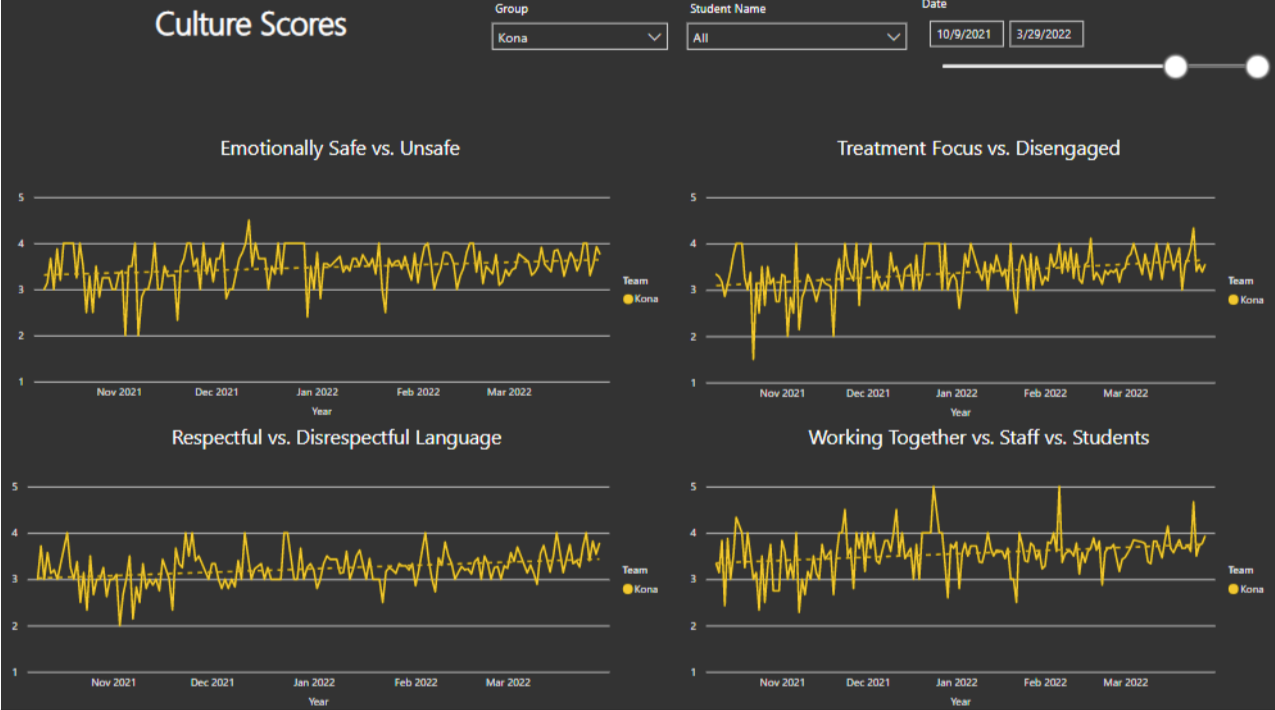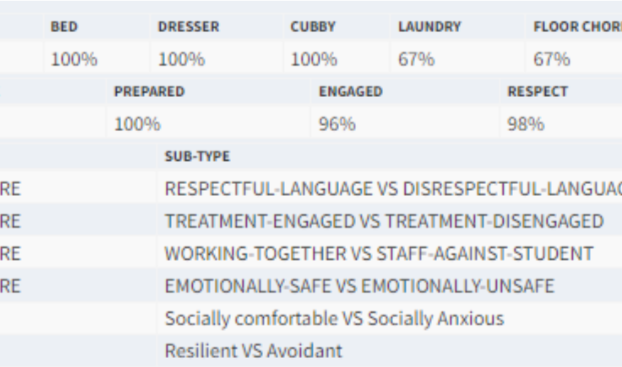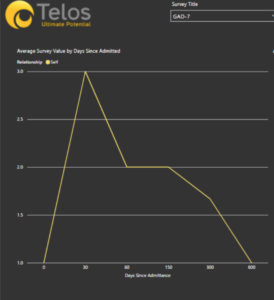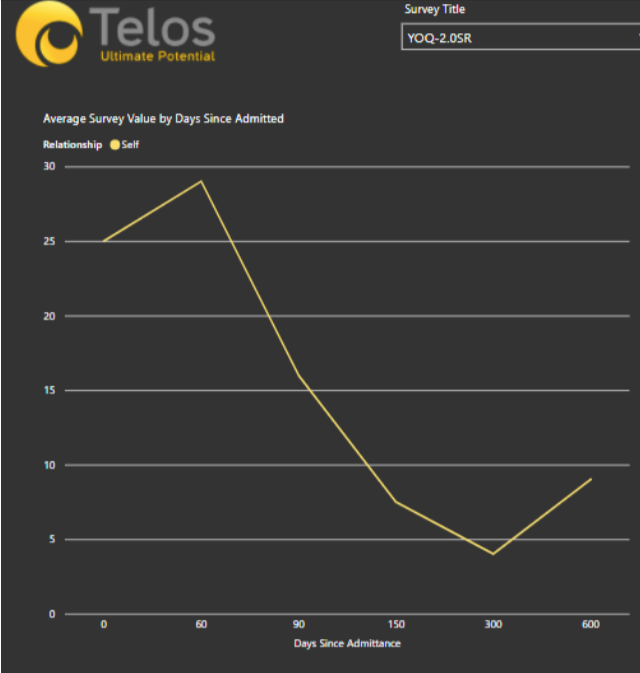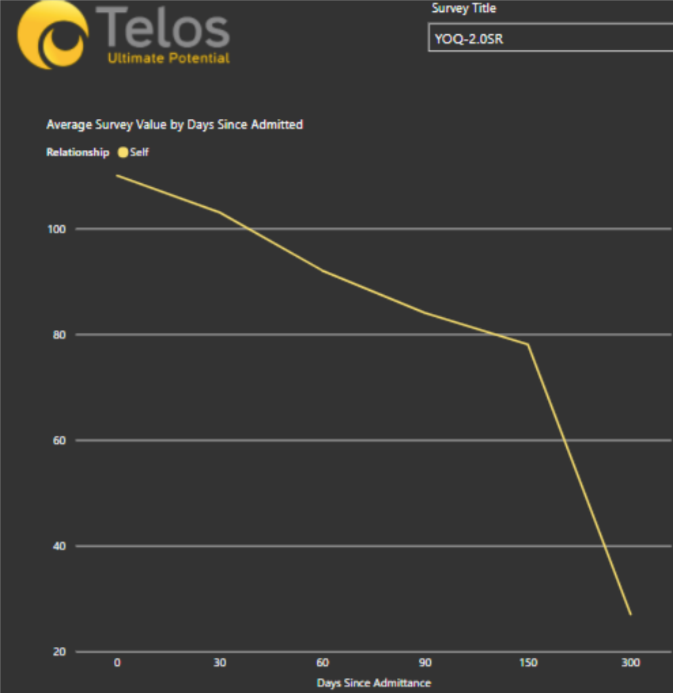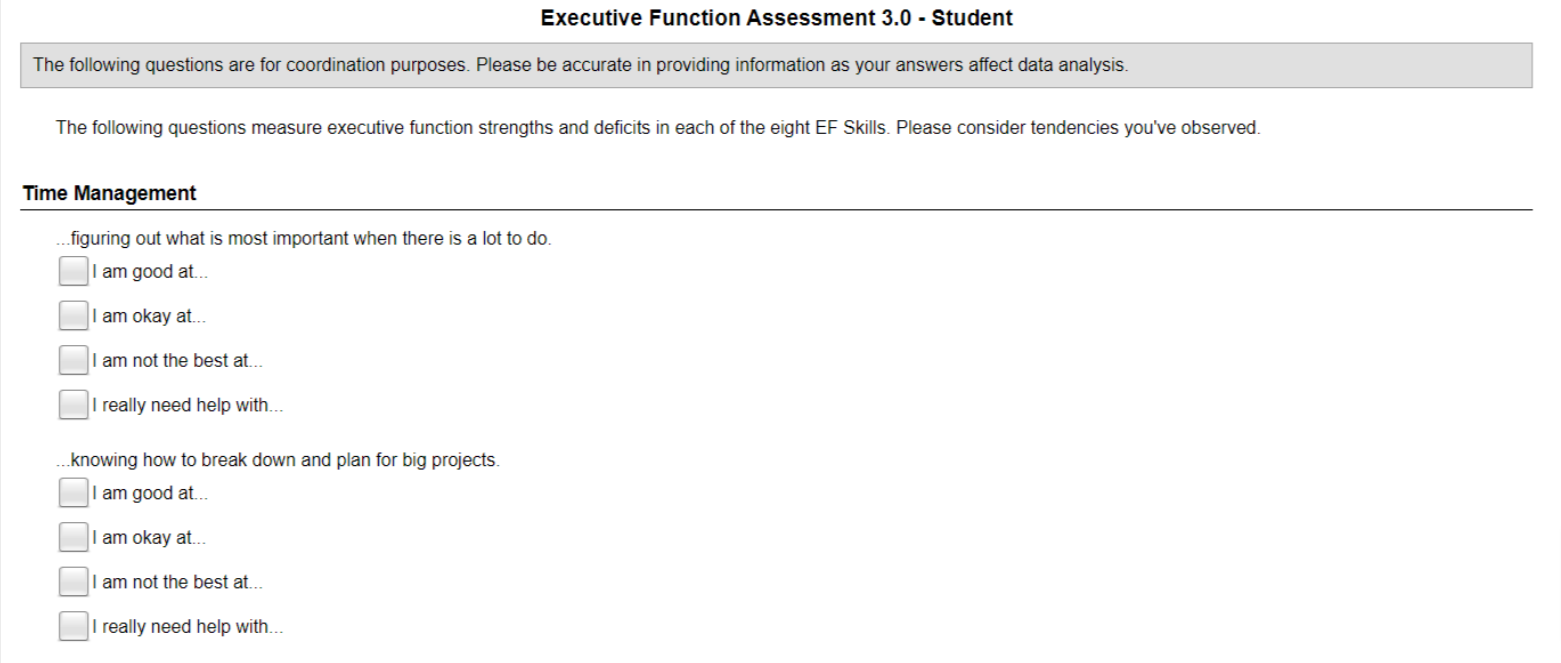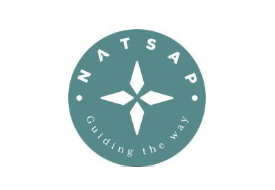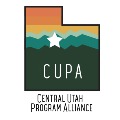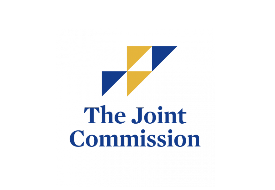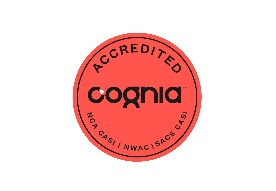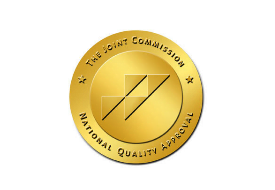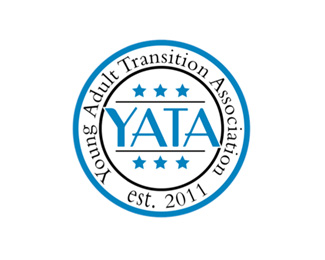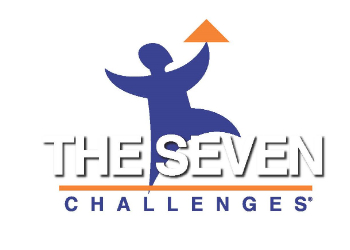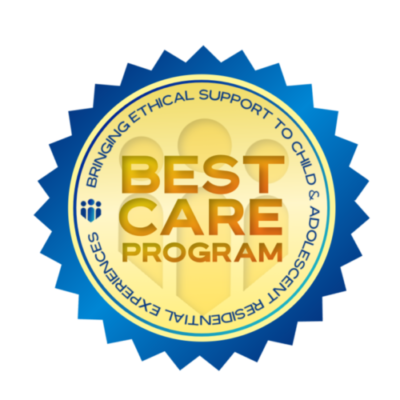Progress Monitoring
The cutting edge approach to measurement is to track progress throughout the course of treatment rather than just collecting outcomes. This important approach gives feedback to the student and family so that they can build confidence as progress is made or make course corrections when things are off track. Monthly data points also help project the trend of improvement across the arc of treatment and can give insight into probable paths that students may follow.
Telos uses a visual dashboard to review valuable data regarding progress of students, the group they live with, and treatment team goals:
What does the Treatment Team review?
Treatment team process for reviewing a student:
- Therapist reviews the current treatment goals
- Reports
- Culture Scores
- Staff observations
- Customized behavioral measures (counts and scales related to specific goals on treatment plan)
- Progress Monitoring graphs
- Individual, Family, Group, and Recreational Therapy observations
- Academic observations
- Parent involvement
- Analysis and discussion
- Intervention
- Decisions about readiness for passes, challenges, the next step in the process, etc.
- 360 Analysis
- Special staffings
What individual measures are used?
Telos Academy
- Executive Function Assessment
- Youth Outcome Questionnaire (parent and student report)
- McMasters Family Assessment Device III-Global Functioning Scale
- NATSAP Demographic and Outcomes Questionnaires for Student and Parent
- Scales targeting progress from maladaptive to adaptive behaviors through daily staff
observation - Culture Scores (impact on the team)
- Mindfulness Center Monitoring (1-10 scale on anxiety)
Telos U / Senior House
- Executive Function Assessment
- Outcome Questionnaire 45
- McMasters Family Assessment Device III-Global Functioning Scale
- PHQ9- Progress monitoring of depression symptoms
- GAD7- Progress monitoring of anxiety symptoms
- NATSAP Demographic and Outcomes Questionnaires for Student and Parent
- Culture scores (impact on the team)
Figure 3: An example of a student’s progress over time with reduced anxiety as measured by the GAD7. The GAD7 measures reported anxiety symptoms. This data could be used to inform the treatment team, give feedback to the student (to reinforce or redirect therapy) and report to parents.
Figures 4 and 5: YOQ scores showing two students over time progress with general symptom reduction in the following areas:
- Intrapersonal Distress
- Somatic
- Interpersonal Relations
- Social Problems
- Behavioral Dysfunction
- Critical Items (suicide risk, etc)
How does Telos use data in Executive Function Coaching?
In order to pinpoint the individual executive function areas to focus on for each student, Telos developed the Executive Function Assessment (EFA), which measures current capabilities in eight areas of executive functioning: Time Management, Organization, Task Initiation and Completion, Attention, Metacognition, Flexibility and Shifting, Working Memory, and Resilience.
These areas are rated by the student, parents, teachers, milieu staff, and therapist. The combined scores are used to target the top three areas of concern and gear coaching toward skills development in these areas. At the end of a period of coaching, the same surveys are given to assess improvements.
Sometimes we need to create Customized Measures.
No student is the same. Each person has different strengths and weaknesses. Individualized treatment plans include individualized measurements that are customized to their clinical needs. These include dichotomies, scaling, and counts.
Dichotomies: A measurement on a 1-5 Likert scale that allows staff to rate students on how much growth they have made on a given day. Examples of dichotomies include anxious vs. calm, engaged vs. disengaged, proactive vs reactive, resilient vs avoidant, etc.
Scaling: Students can often score themselves or seek feedback from others on a 1-10 scale on a particular measurement such as consideration of others, positive self talk, etc.
Counts: Staff count during a shift how many times a student uses a new skill or struggles with a
particular behavior that they are trying to improve.

